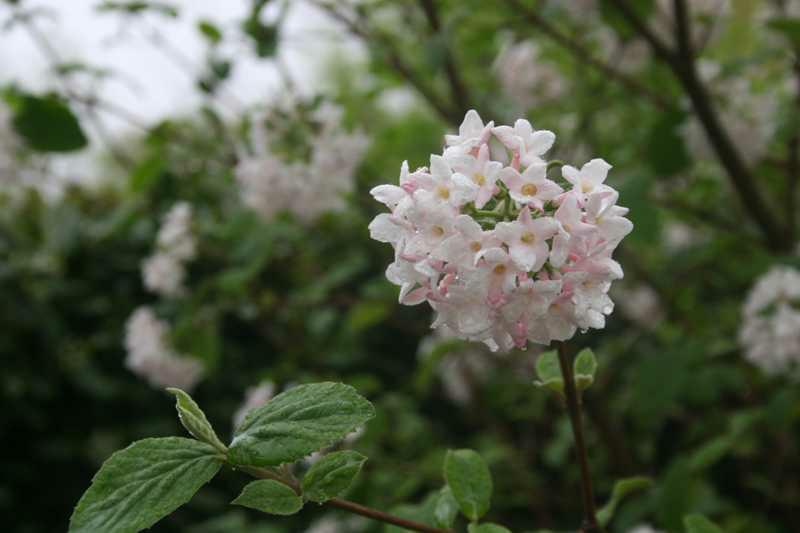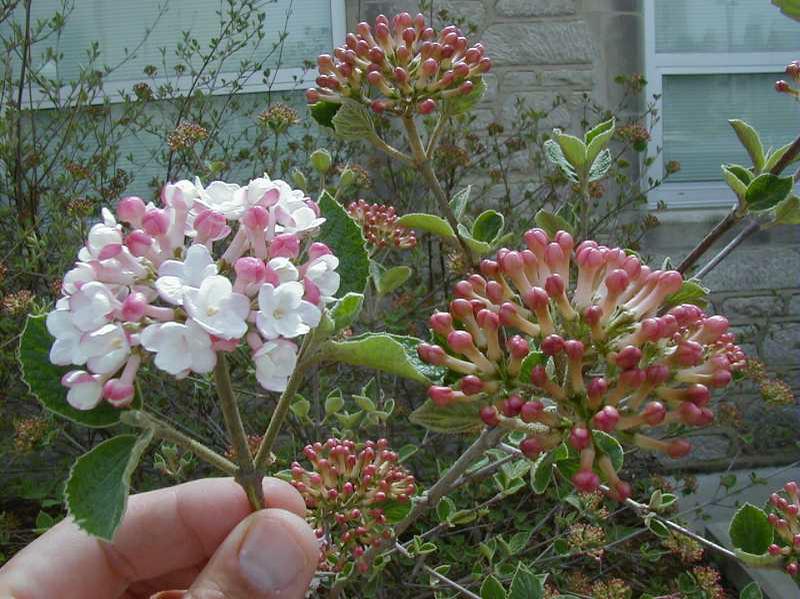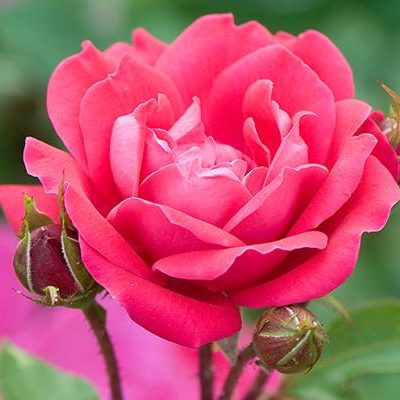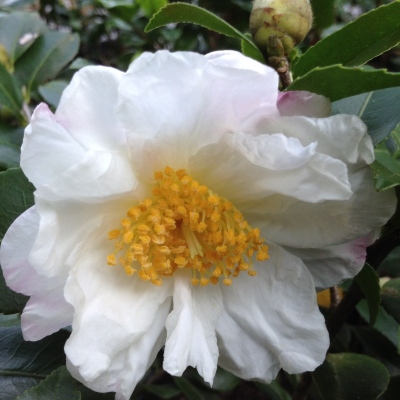Description
Easily grown in average, medium moisture, well-drained soil in full sun to part shade. Prefers moist loams, but tolerates a wide range of soils. Mature plants generally have some good drought tolerance. Prune as needed immediately after flowering, however pruning off spent flowers will eliminate summer fruit display, which admittedly is not overly showy for this hybrid.







